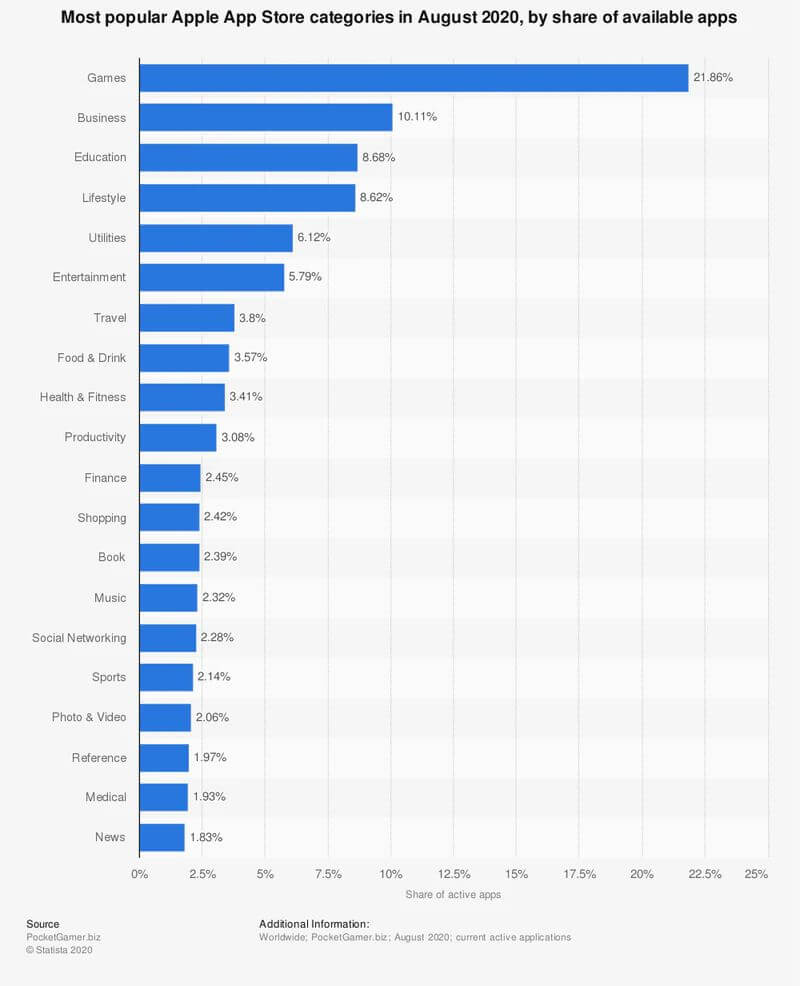Gamification has come a long way over the years. Lately, it has made its place as one of the
top trends in UX design. Well, it certainly deserved it. From motivating us and helping us
learn new things to forgetting everything after a long day at work, Games have always
played a huge part in our lives. In the last decade, several companies have tried their hands
at applying the experience of the thrilling nature of games in their applications. In other
words, applications and websites are being “Gamified” to enhance user engagement and
interest. For instance, consider Starbucks’ app. The application gives the users various
levels of membership and rewards its customers via points for staying off of their
smartphones. Now, these points or rewards can be easily converted into tangible rewards
by getting a macchiato or a brownie.
With the latest advancements and cutting-edge tools and technologies, developers and
designers are able to deliver projects that engage, interact, and respond to the
requirements of the users via a user-centric approach. Due to this, there has been a shift in
user experience design services across the globe. This user or customer-centric approach
lets developers and designers constantly search and adopt the modern technologies that
help improve user experience and engagement. Having said that, users like simple, easy,
and fun-to-use functionalities or features in their apps, not complicated ones.
Let’s first what gamification is.
To clear the air, gamification is not games. Yes, unlike what most people think in regards to
design, gamification and game design are two extreme ends. However, they are often
mistaken one for another.
Then what is gamification?
Gamification is a pure technique that lets developers insert a gameplay kind of an element
and mechanics in applications and websites that come under the non-gaming genre. These
gameplay elements enhance user engagement and experience while the users are using
the application. For example, the developer and designer may include a game element such
as a challenge to encourage users to use the application or website more. Now, integrating
game-like features into non-gaming applications or websites help the users be a little more
passionate and engaged.
Not just one or two, but every industry, sector, and business is very much inclined towards
using the game-like elements in their apps. The estimated global market value of
gamification is almost $12 billion in 2021.
Below is Statista’s chart on the most popular Apple’s App Store categories.

Now the biggest question comes--How can we implement gamification in our non-gaming
applications?
Well, you can skillfully master the art of gamification in your next application with the below
three ways.

By implementing gamification, you will be able to provide a simple and easy achieve target
for your users. In case you want to engage your users more, then you should give them
something to accomplish their goals. You can easily integrate such competitive features in
your app and competitive nature in your users via modules or levels that are required to be
completed to advance.
While designing or developing your application, you should also give your user a way or tool
to measure their success, track their progress, etc. Let’s take the same example again,
Starbucks. A customer can track their level of membership via points or rewards they
acquired. Does the customer have enough points to become a gold member? Starbucks
needs customers to complete levels to become gold members.
A little research while designing your app or when you hire UI/UX designer goes a long
way. Put yourself in both the gamer's shoes and your user’s shoes. How can you engage
your users playing?

The primary point of having a good UX for your application is to engage your users and
customers. To achieve this, providing them rewards or points would be a helpful way to
keep your users engaged with your gamified apps. Some web-based applications use
intangible rewards such as coins, points, or badges. While some mobile applications use
similar points and let them convert these points into actual money.
Offering a reward-based system could be an efficient way to enhance your UX. When your
users are being rewarded for their efforts once they achieve a milestone, they will be willing
to dedicate their time and put more effort, resulting in more engagement and interaction
with your application.

One more thing to consider while planning gamification for your application is including
some healthy competition among your users. Depending on your target audiences and
customers, and their competitive drive, healthy competition can be a great source of
motivation and encouragement.
Who doesn’t like winning? You got another game-like feature to add to your application’s
UX. With a leaderboard, users can easily monitor and track their progress and compare it
with others’ scores which will improve user engagement and app interaction
Right now, gamification is one of the most utilized techniques in design. First, it helps
address and solve multiple UX issues. Second, this technique, when implemented correctly,
can improve user experience and engagement. Gamification makes it fun for users to spend
time on the app which is similar to playing video games. This helps increase users’
excitement and curiosity while playing which drives users into doing different actions and
spending more time on the application.
TechNextStudio is a leading UI/UX design agency in India that offers custom design
services for both web and mobile. Our dedicated and experienced designers craft
interactive user experiences that bridge the gap between business goals and customer
requirements. Do you have an idea that needs seasoned expertise? Get in touch with our
team now